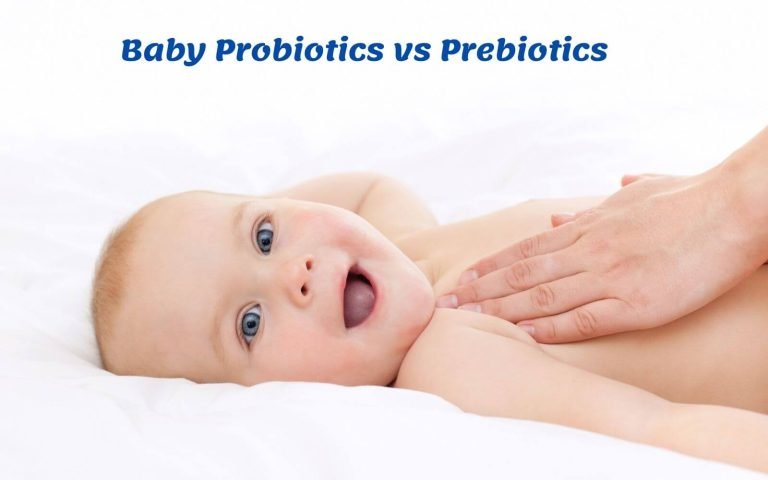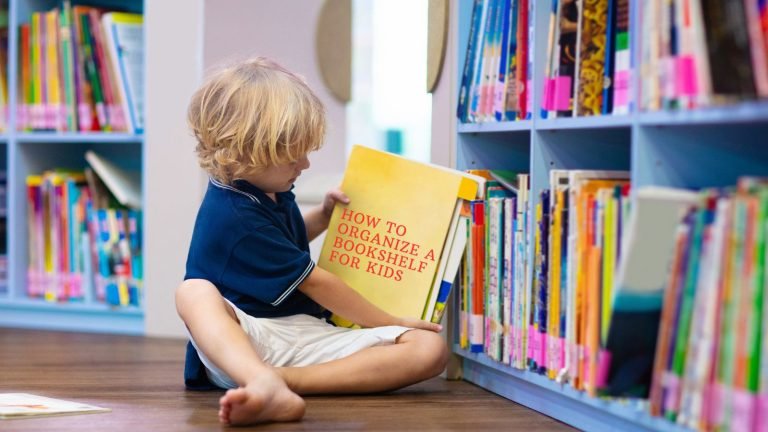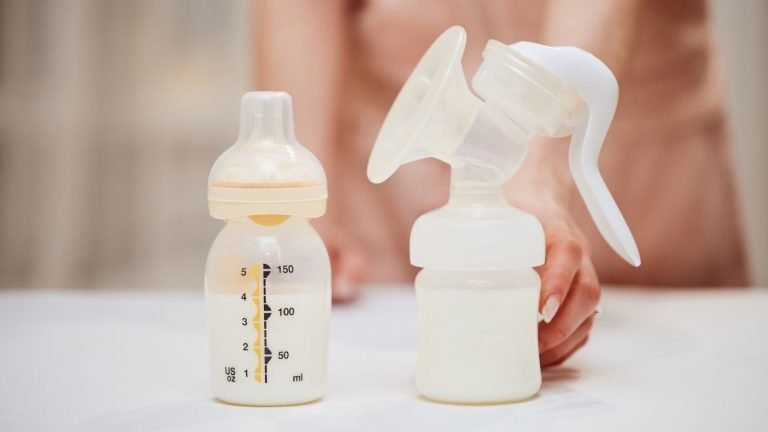The Ultimate Beginner’s Guide to Using Prefold Cloth Diapers (Without the Overwhelm!) in 2025

Thinking of ditching disposables and going green? Welcome to the world of cloth diapering! If you’ve been researching options, you’ve likely come across the term prefold cloth diaper and thought, “That looks complicated.” But don’t worry – it’s actually one of the easiest and most versatile ways to diaper your baby.
In this guide, we’re breaking down everything you need to know about prefold cloth diapers – what they are, how to use them, and why so many cotton babies parents swear by them. Whether you’re starting with a newborn or looking for a budget-friendly option that fits even a preemie, this is the place to begin.
Key Points to Know Before You Start – Prefold Cloth Diapers
- Prefold cloth diapers are simple, affordable, and highly absorbent.
- You’ll learn a few basic ways to fold and fasten them using tools like a Snappi.
- They’re reusable, eco-friendly, and easy to wash and dry.
- You’ll need a waterproof cover and may use a cloth insert for extra absorbency.
- A prefold is a smart choice for both daytime and overnight diapering.
What Exactly Is a Prefold Cloth Diaper?
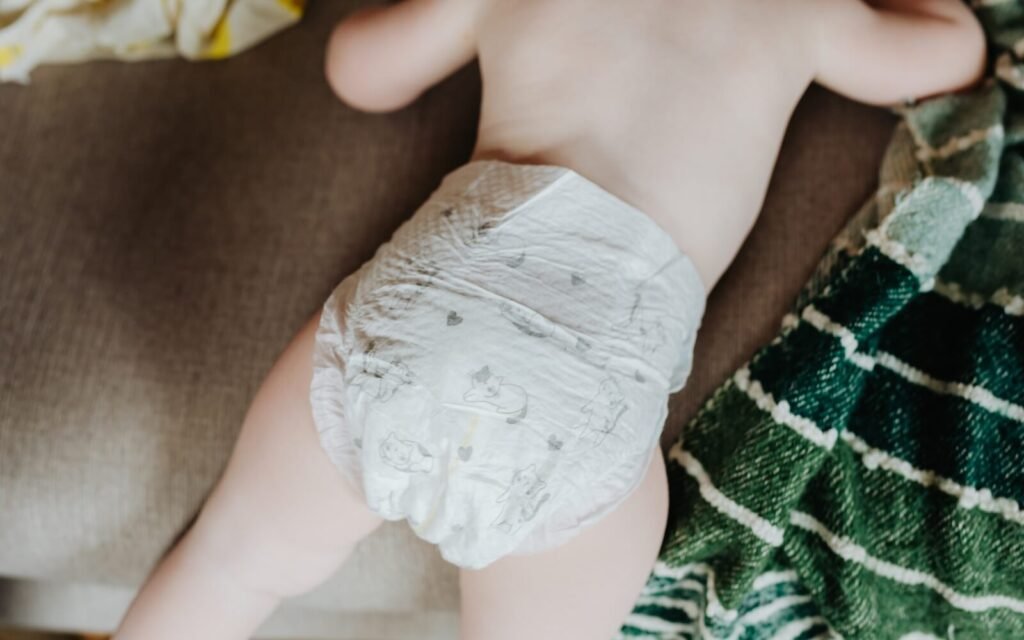
Let’s get the basics down.
A prefold cloth diaper is a rectangular piece of cloth (usually made from natural fiber like cotton or hemp) that’s already folded and stitched into three panels. The center panel is thicker to catch messes, and the outer panels are thinner for easy wrapping.
This type of diaper is super versatile – you can lay it in a cover, fold it around your baby, or even stuff it inside pocket diapers.
Why So Many Parents Love Prefolds
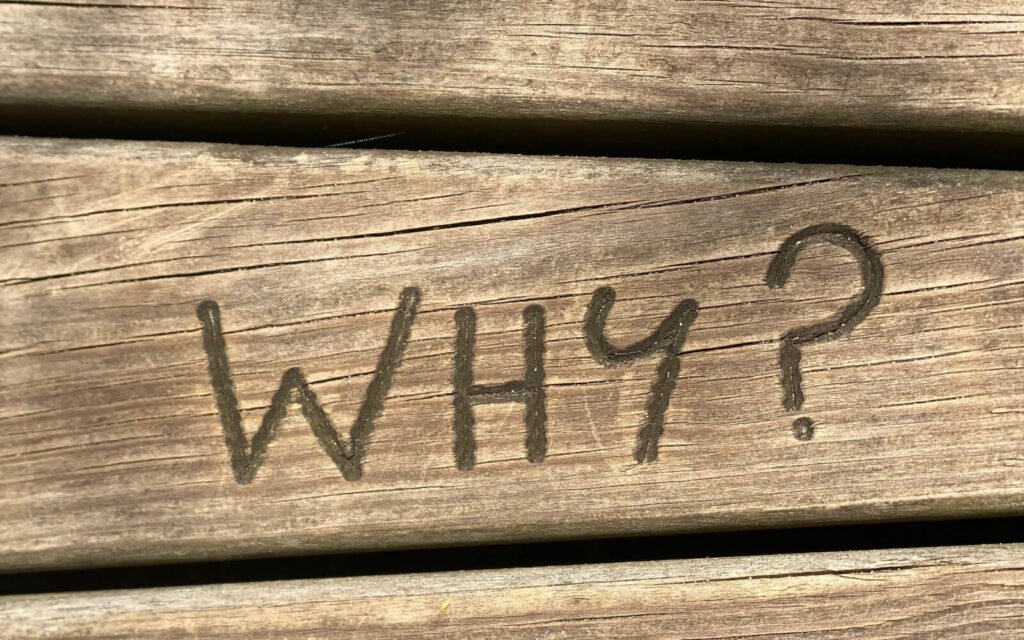
Here’s why switching to prefold cloth diapers is a game-changer:
- Affordable: Prefolds cost less than all-in-ones or pocket diapers.
- Eco-friendly: Reusable and sustainable for modern cloth diapering.
- Quick drying: Unlike bulky options, they dry fast in the dryer or on the line.
- Customizable: Layer or fold as needed to boost absorbency.
- Durable: Withstand heavy use and frequent washing.
Step-by-Step Guide to Using Prefold Cloth Diapers

1. Pick the Right Size
You’ll find prefold cloth diapers in sizes from preemie to toddler. Match your baby’s weight for the best fit.
Tip: Start with newborn prefolds if your baby is under 10 pounds – they fit better and handle early blowouts.
2. Learn the Go-To Folds
You don’t need origami skills – just a few quick folds:
- Trifold: Fold the diaper into thirds and lay it into a cover or use it as an insert for pocket diapers.
- Angel Wing Fold: Fold into thirds, fan out the back, wrap it around, and fasten with a Snappi.
- Bikini Twist: Twist the center for chunkier thighs, then wrap and clip.
These folds help contain leaks and keep your baby comfy.
3. Secure with a Snappi
Forget safety pins. A Snappi fastener grips the cloth and holds it in place easily. You only need one hand, and it’s safe for your baby’s skin.
4. Add a Waterproof Cover
Since prefold cloth diapers aren’t waterproof, you’ll need a diaper cover to prevent leaks. Look for breathable, wipe-clean materials like PUL or wool.
5. Change and Wipe
Change your diaper when wet or soiled – just like you would with disposables. Use a soft wipe, pop in a fresh prefold, and reuse the cover if it’s still clean.
Curious about newborn feeding gear? See our guide on why you need baby bottles, including choosing the right baby bottle size in case you’re blending cloth diapering with other newborn essentials.
Washing Your Prefolds: No Stress Needed
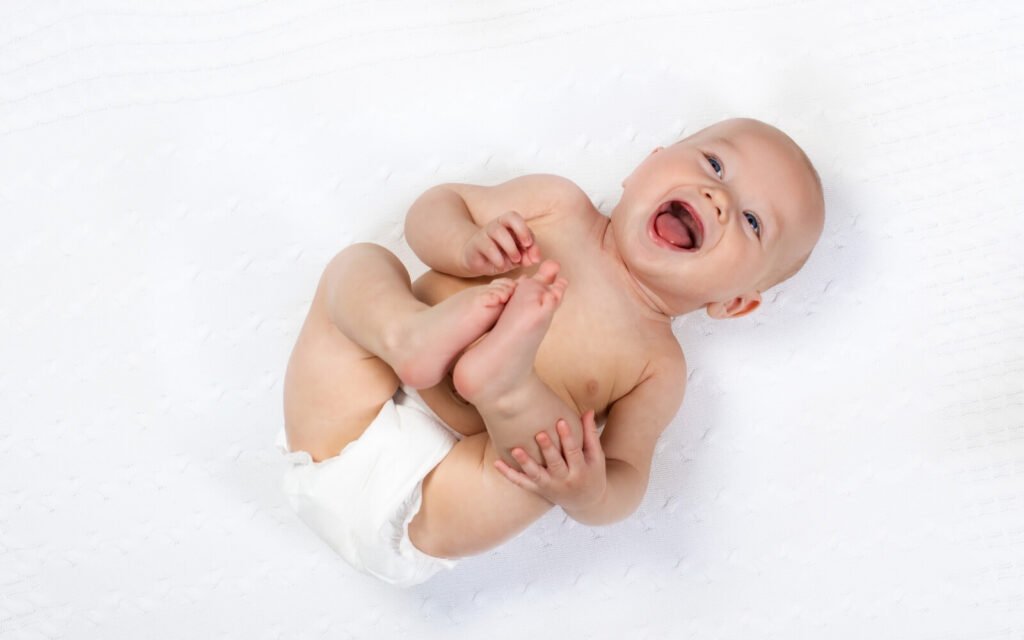
Yes, you’ll have to wash them – but it’s easier than you think.
Your Simple Wash Routine
- Pre-rinse: Run a cold rinse with no detergent.
- Main wash: Use hot water and a cloth-safe detergent.
- Extra rinse: Clears out all soap to protect baby’s skin.
Drying Options
- Toss in the dryer on medium heat for speed.
- Line dry for energy savings and sun-powered stain removal.
How Many Prefold Cloth Diapers Should You Buy?

Wondering how many you’ll need? Here’s a helpful guide:
- Newborns (change 10–12 times a day): 24–36 prefolds
- Older babies: 18–24 prefolds
- Diaper covers: 4–6 for newborns, 3–4 for older babies
Remember, a single prefold can last for years – your stash will go the distance!
Tips to Make Prefold Diapering Easy
- Start slow: Use cloth during the day and disposables at night if you’re nervous.
- Trial different folds: Test a few folding methods to see what works best.
- Use inserts: Boost absorbency by tucking an extra insert or folded prefold into your diaper.
Also, if you’re styling your little one, don’t reach for hair products destined for adults – check out our take on baby hair gel for gentle, safe options.
Creating the Perfect Nursery Setup
As you prepare for your cloth diapering journey, consider organizing your baby’s space efficiently. Learn how to organize a bookshelf for kids and discover small nursery ideas that maximize space while keeping everything accessible for diaper changes.
After Baby: Toddler Gear You’ll Love
Transition time calls for smart investment. One top pick? The Skip Hop Tuo convertible high chair offers modern design, easy cleaning, and longevity – ideal for your growing tot with a cloth diapering foundation in place. When choosing furniture for your toddler, also consider our high chair buying guide to make the best decision for your family.
For feeding your growing toddler, explore our guide on healthy finger foods for toddlers and learn about introducing solid foods for babies as your little one transitions from milk to meals.
Essential Baby Care Beyond Diapers
While you’re mastering cloth diapering, don’t forget about other important aspects of baby care:
Bath Time Essentials
- Discover must-have baby bath essentials
- Learn to create a calming baby bath routine
- Understand baby bath safety precautions
- Find out how to use a bath thermometer for babies
Sleep and Comfort
- Explore sleep training techniques for babies
- Learn about wake windows age guide for better sleep schedules
- Check out benefits of personalized baby blankets for comfort
Baby Feeding Support
As your baby grows, you might need additional feeding support. Learn about introducing probiotics to your baby and discover the benefits of liquid probiotics for babies to support their digestive health.
Summary
Switching to prefold cloth diapers is one of the best choices you can make for your baby, your wallet, and the planet. They’re budget-friendly, simple to use, and endlessly versatile. With a few folding techniques, a reliable wash routine, and a little practice, cloth diapering will soon feel second nature.
From newborn to toddler, and even preemie sizes, there’s a prefold and fold that fits every stage. So go ahead, grab a few, and give them a shot – you’ll be surprised how easy diapering with cloth can be!
For more parenting tips and baby care essentials, explore our guides on newborn baby gift ideas and postpartum essentials for mom to support your entire family’s journey.
Frequently Asked Questions
What Materials Are Prefold Cloth Diapers Made From?
Most are made of 100% cotton, but you can also find prefolds in hemp or bamboo for added absorbency.
Can I Use Prefolds in Pocket Diapers?
Absolutely! Just fold the prefold into a slim shape and use it as an insert inside your pocket diapers.
How Do I Fasten a Prefold Without Pins?
Use a Snappi fastener – it’s safe, quick, and holds everything in place.
Do Prefold Diapers Leak?
Not if used correctly. The right fold, proper fit, and a quality cover help prevent any leak issues.
Are Prefolds Good for Preemies or Newborns?
Yes! Preemie and newborn sizes are specially made to fit tiny babies, offering snug and leak-proof protection.


